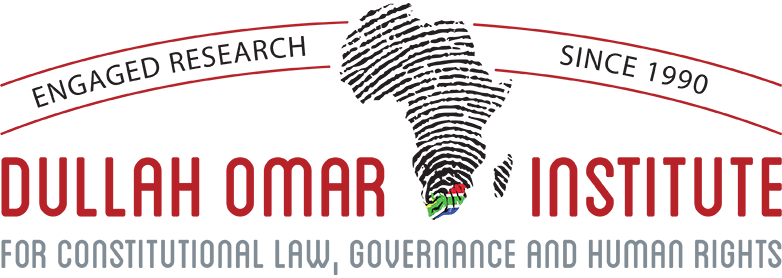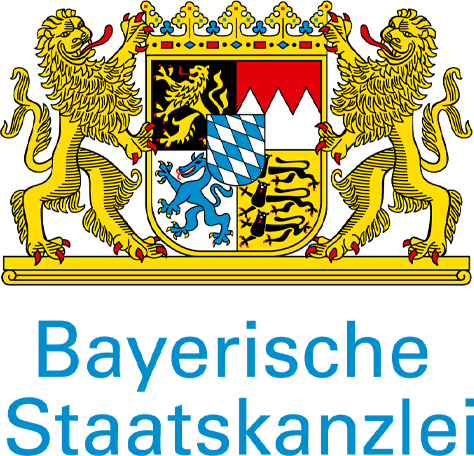DDM: Beating the silos, or adding bureaucracy?
The overall purpose and idea of the District Development Model (DDM) is to remedy this, and other challenges through a new integrated district-based approach. In theory, this model should address service delivery challenges, localise procurement, create jobs, and involve communities in local governance. The DDM is an operational model which integrates and coordinates the priorities of all levels of government, per district area.
The DDM was piloted in the OR Tambo District Municipality, Waterberg District Municipality and eThekwini Metropolitan Municipality. The first pilot started in 2019 and the other two followed in 2020. During this time various investments were made to implement the DDM through key projects which included improving service delivery infrastructure. Some of the national departments that were involved in these pilots are the Department of Science and Innovation, the Department of Planning Monitoring and Evaluation and the Department of Cooperative Governance and Traditional Affairs.
Regulations have now been proposed to institutionalise the DDM. The Regulations propose a set of intergovernmental structures and a plan referred to as a “One Plan”.
The Regulations
The Regulations for the institutionalisation of the DDM are founded on section 47(1)(b) of the Intergovernmental Relations Framework Act 13 of 2005. The Regulations are divided into two sections. The first section provides the purpose, principles, requirements and implementation for the DDM. The second section provides the details of One Plans.
Principles
The DDM is founded on five principles:
- It fits into the existing governance structures;
- It creates a framework to coordinate and align developmental priorities in a specific district and metropolitan geographic area;
- It is a practical mechanism that facilitates cooperative governance and intergovernmental relations at local level;
- It provides for the synchronisation and improved usage of public and private resources; and
- It is founded on joint planning, budgeting, programme and project implementation which should improve the ‘All-of-society’ approach of the government.
Requirements
Keeping in mind that the DDM should be exercised within the current legislative and intergovernmental relations regime, the Regulations indicate that the DDM has six requirements:
- The entire national sphere of government must contribute to formulating and implementing a One Plan for each district and metropolitan area;
- The entire provincial sphere of government must formulate and implement a One Plan in each district and metropolitan area within its province by using DDM coordinating and technical committees, both at a provincial and district or metropolitan level;
- District and local municipalities (including their entities) must jointly contribute to the formulation and implementation of the One Plan for their area;
- Metropolitan municipalities (and their entities) must contribute to the formulation of the One Plan for their area;
- Every One Plan must include contributions of the private sector and the priorities of social actors within their area; and
- All departments across all spheres of government must stipulate how they will contribute to the development and fulfilment of One Plans according to their operational functions, capabilities and budgets.
Institutional Arrangements
The Regulations establish a role for each key actor in government to facilitate the implementation of the DDM.
National government
The President must establish a Presidency Steering Committee on the DDM, which must coordinate the DDM nationally. The Committee should comprise of senior officials of selected national departments. A terms of reference for the general functioning of this committee must be drafted and adopted as required by the Intergovernmental Relations Framework Act.
The President is the head DDM champion and may appoint Ministers and Deputy Ministers as national DDM political champions for each district or metropolitan area. The designated Minister (CoGTA) must institutionalise and implement the DDM, nationally. The Department of Planning Monitoring and Evaluation (DPME) should provide strategic leadership and technical support in translating national and sectoral plans to fit the local context within each district and metropolitan area to be incorporated into a One Plan.
The national Director-General of CoGTA must also issue circulars that outline the composition, roles, responsibilities and general functioning of intergovernmental DDM structures. This should include a participatory element for state-owned entities, the private sector, civil society, the South African Local Government Association, and traditional leaders. In addition, circulars by the Director-General should be issued to establish district and metropolitan DDM technical support hubs and outline their general functions with their human and financial resources requirements.
Provincial government
Premiers have to establish provincial DDM intergovernmental structures and may appoint their MECs as provincial champions for each district and metropolitan region. Provincial governments must actively participate in the President’s Coordinating Council and spearhead the coordination processes of the DDM in their respective provinces. To do this, they must use provincial DDM intergovernmental forums which should be linked to a Premier’s Coordinating Forum. A terms of reference should adopted for the functioning of the Provincial Implementation Coordinating Committee and its relationship with the Presidency Steering Committee on the DDM. The MEC for local government must implement and institutionalise the DDM insofar as it falls within the department’s cooperative governance mandate.
Provincial governments are also expected to have structures for the technical implementation of the DDM. The Director-General of each province is the technical DDM champion, and together with the Head of the Provincial Department of Local Government (HOD), chairs the provincial DDM technical structure. The HOD must assign senior officials to participate in the district or metropolitan DDM technical structures. These structures are expected to lead the development and monitoring of the implementation of One Plans.
Local government
The mayor is the local champion and must lead the municipal DDM political structures. The Municipal Manager is the local technical champion and must lead the technical committees. District and metropolitan technical support hubs should be established by the Department of Cooperative Governance with the support of national and provincial departments. These hubs must be composed of teams with critical skills and knowledge that can contribute to the implementation and coordination of the DDM through capacity building, institutional capacity enhancement and other technical means.
One Plans
Each district and metropolitan area must have a One Plan. This plan must provide a long-term framework for key catalytic projects which should guide government and private sector investments. It will not replace any current legally prescribed strategic or performance plans. However, all prescribed plans and One Plans must be aligned with each other. When One Plans are developed, policies, budgeting priorities, spatial development frameworks and the priorities of social partners must be considered. One Plans may influence the review of existing plans, and may lead to a reprioritisation in budgets across all spheres of government.
The Regulations envision four stages for the development and adoption of One Plans:
- Analyse the current socio-economic development context should take place [diagnostic stage];
- Frame the desired future with clear outcomes according to national, provincial and regional goals [vision setting stage];
- Identify the strategies and interventions required to realise the desired future [strategy formulation stage];
- Set out the commitments and contributions of each sphere of government, state-owned entities, and the private sector that will enable the implementation of the strategies and interventions [implementation commitment stage].
The prescribed framework and timelines for One Plans must be published in circulars, issued by the Director-General. District and metropolitan DDM technical support hubs should facilitate and oversee the preparation of One Plans. The draft versions of these plans must be published for public comment for a specified period of time, after which they will be submitted to the respective municipal councils and the provincial executives for endorsement. Once the councils follow the consultation processes in the relevant intergovernmental structures, they must recommend the Plan for approval in writing to the Minister. Any objections against the Plan must be submitted in writing to the Minister. Once adopted, all spheres of government must implement these plans.
One Plans must be subdivided into annual, medium and long-term strategic planning and budgeting goals. All spheres of government must develop and regularly update their information management systems. These systems should outline clearly defined implementation indicators that are linked to existing reporting systems which must be applied to monitor the implementation and progress of all One Plans.
Observations
Government must be commended for identifying a lack of coordination, and a prevailing ‘silo-based’ approach to governance, as obstacles to service delivery. However, it remains to be seen whether the DDM will succeed. Little to nothing is publicly known about the results of the three pilots launched in 2019 and 2020. This puts the public in a poor position to meaningfully comment on the Draft Regulations.
It seems that One Plans and the overall vision of the DDM will strip away quite a bit of municipal autonomy. Provincial governments will be expected to be more heavily involved with the strategic planning of municipalities. MECs and ministers are appointed as “champions” and it is not clear what this position entails. Are these persons to act as “super mayors” over the local electorate? For these reasons, it is questionable whether the DDM will solve coordination problems within municipal structures or be a source of conflict between government institutions.
These Regulations propose yet another plan. This seems counter-intuitive because municipalities are already overwhelmed by the number of legally prescribed strategic and performance plans, all of which they must report on regularly. Another level of bureaucracy is being added, and this will result in municipalities having to allocate additional human and financial resources to the DDM. These are resources that could be spent directly on service delivery.
It is remarkable that the National Treasury, and the provincial treasuries, are not given any role in the implementation of the DDM, alongside CoGTA and DPME. The national and provincial treasuries are actively involved in building capacity in local government on planning and budgeting, they also constantly monitor local government.
Lastly, the Regulations are vague on what is expected of a ‘champion’. Must this person fulfil the role of a chief executive officer of sorts, a political leader or merely an advocate for the implementation of the DDM?
By Johandri Wright, Postdoctoral Research Fellow.






